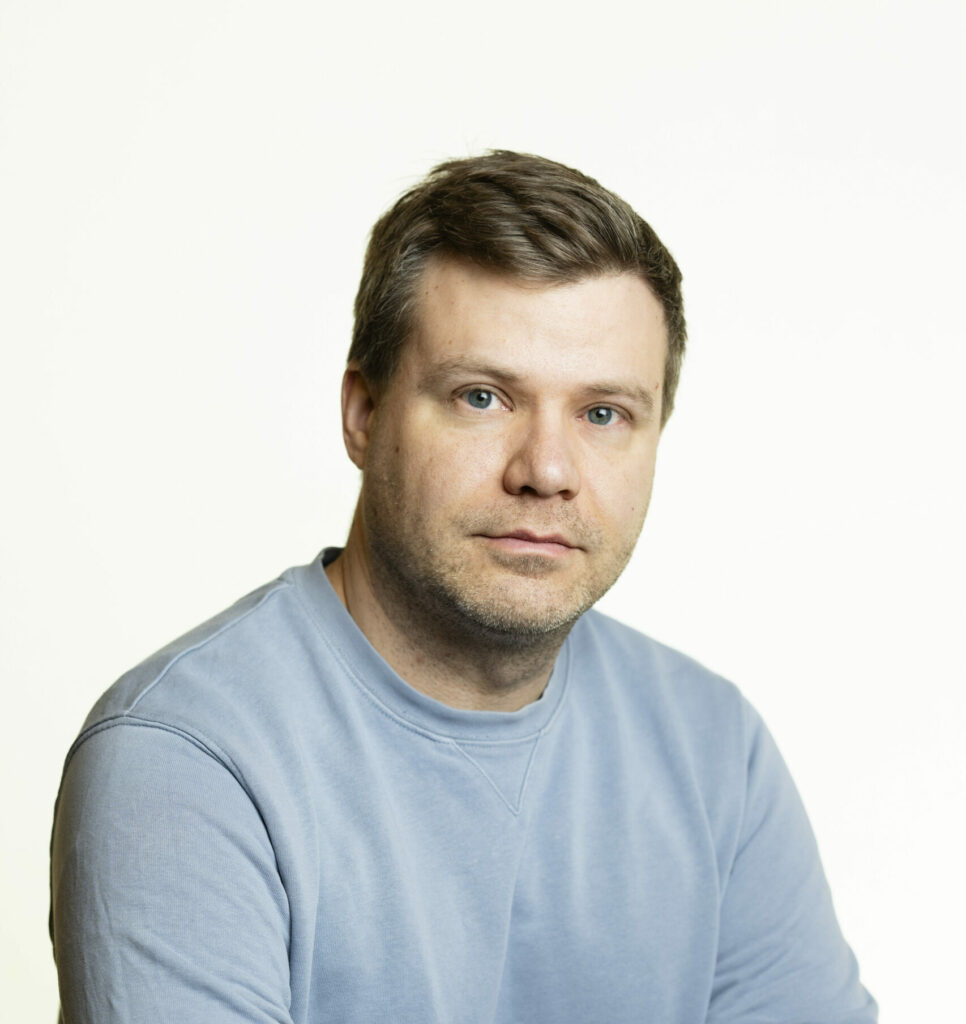Lassi Ahlvik: “The green transition should be implemented fairly”
Professor Lassi Ahlvik uses data to calculate what methods governments should use to combat climate change in order to make the green transition as cost-effective and fair as possible.
Professor of Environmental and Resource Economics Lassi Ahlvik of the University of Helsinki studies climate policy and its effects on the economy. He received his PhD from Aalto University’s School of Business in 2016 and then worked at the Norwegian School of Economics in Bergen before moving to Helsinki for work.
Ahlvik brings economics expertise to the Finnish Climate Change Panel. He is particularly interested in designing climate policy instruments to make climate action as cost-effective and fair as possible.
Data to help decision-makers create policy instruments
Ahlvik is currently studying the fairness of the green transition.
An array of different climate actions – such as tackling the health and environmental problems associated with fossil fuel use – are essential to safeguard the rights and well-being of people today and future generations. However, these actions can have a wide range of impacts on fairness, and these need to be assessed comprehensively.
Ahlvik seeks answers to questions such as whether climate policies hit the people who are already facing financial difficulties the hardest, and how the negative effects of climate actions can be offset by fair climate policies that are based on good governance.
For example, the Finnish electricity crisis of 2022 served as a ‘test case’ to study energy poverty and its effects.
According to Ahlvik, Finland has exceptionally good opportunities to carry out more such research, as the country collects high-quality individual- and company-level data that can also be combined.
“Data can be used to identify cause and effect relationships. It allows us to monitor more or less in real time how the green transition and economic transformation is taking place and how these changes are affecting, for example, entire industries, individual companies and the workforce.”
Ultimately, statistical methods can also be used to influence the different types of incentives available to society. Ahlvik is particularly interested in ‘climate policy architecture’, i.e. the policy instruments that, for example, the Finnish government and the EU, create for their businesses and citizens.
Emissions trading is a success story
The European Union is a recurring theme when Ahlvik speaks. The EU’s 2050 goal of carbon neutrality may feel a long way from the everyday life of an ordinary EU citizen today, but it is a crucial step in the fight against climate change.
Ahlvik is already wondering what kinds of policy instruments will be available to European decision-makers in the coming decades. At the moment, it seems that the further we go towards carbon neutrality, the more difficult the final push will be.
But the future of the planet does not depend on Europe alone, Ahlvik points out.
“The argument that no one but Europe is doing anything is no longer true. China has already introduced an emissions trading scheme, and there is fierce competition for investment everywhere.”
Emissions trading is one of the great climate success stories in general.
“The medicine works and it is being taken. Next, we need to double the dose,” says Ahlvik.
In his spare time, Ahlvik has not yet found a way to fully escape the stresses of work, but he enjoys being outdoors and playing guitar for his children.
“I have been playing the guitar all my life with varying degrees of success.”




